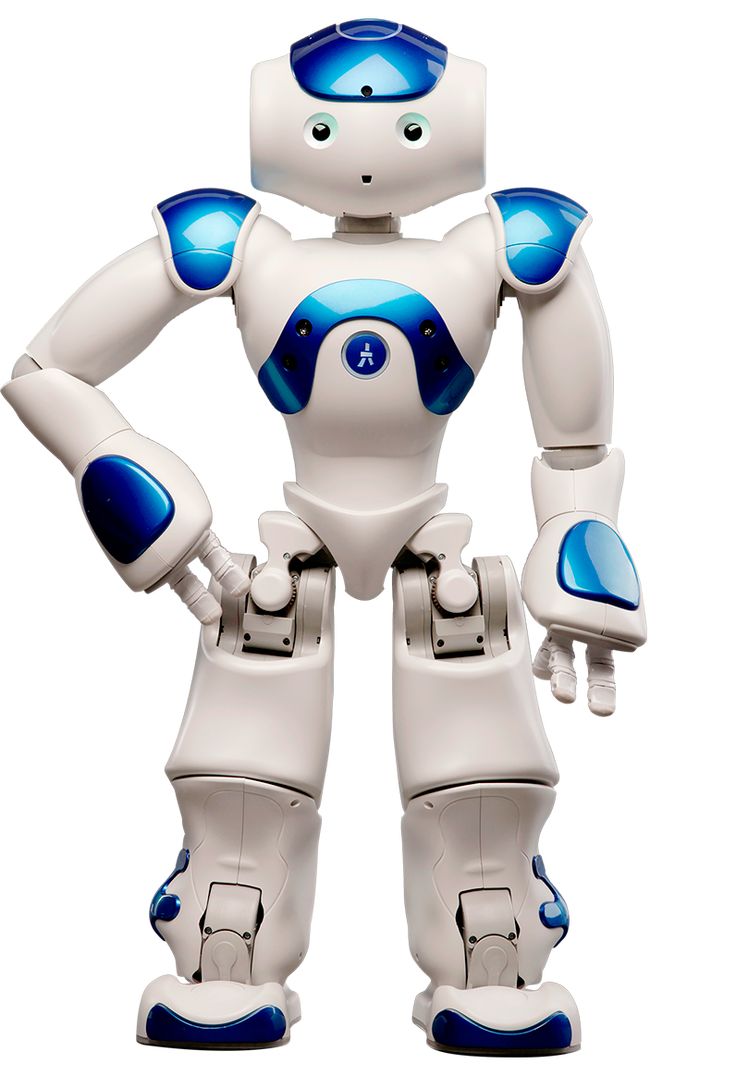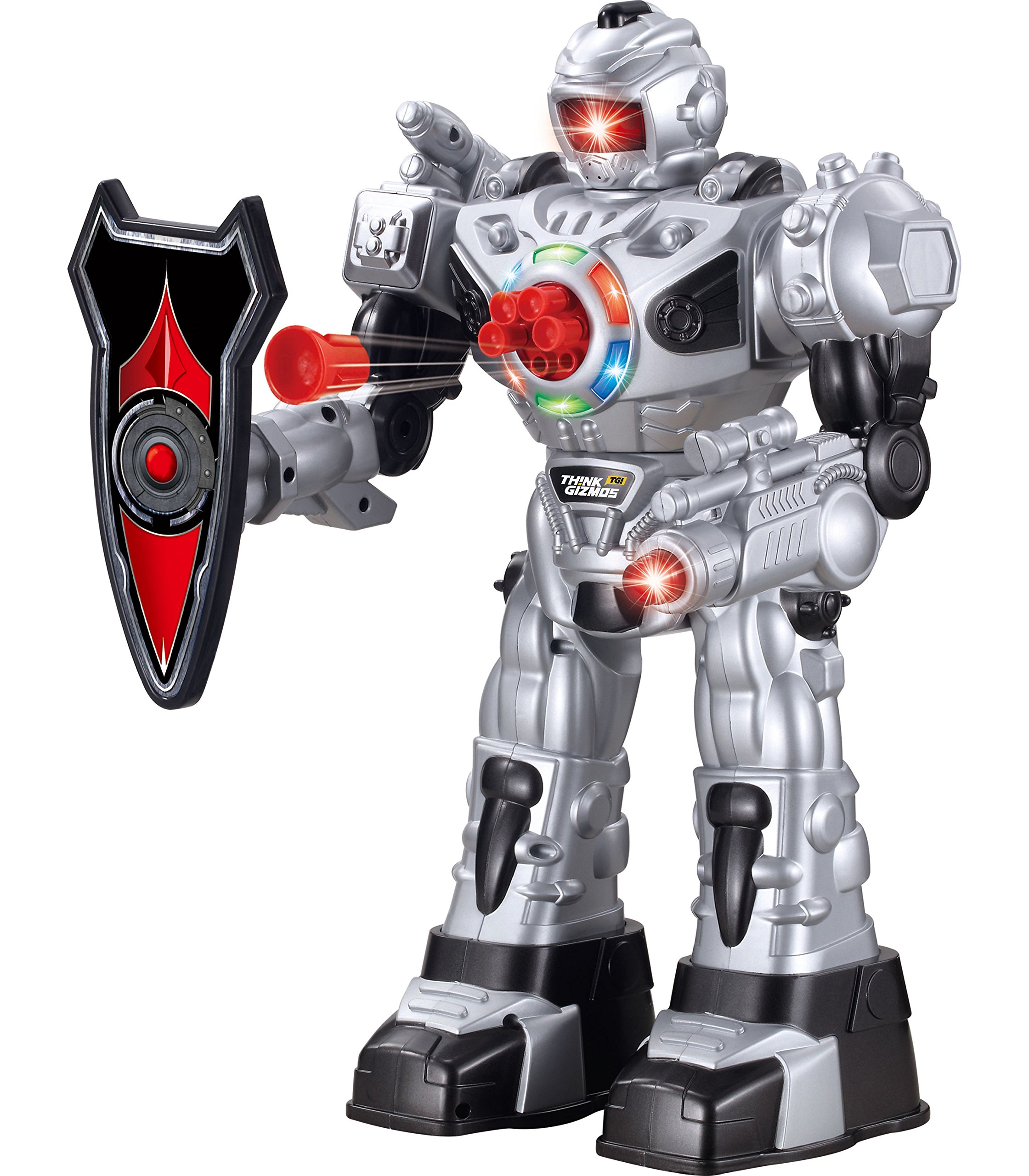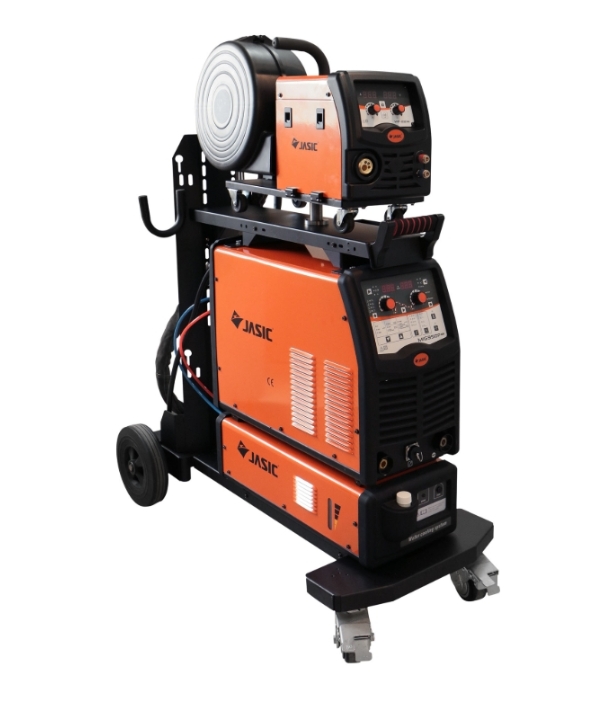In a compelling discussion about the future of robotics, Brennand Pierce, founder and CEO of Kinisi Robotics, presents a pragmatic vision for mobile manipulation that challenges the current enthusiasm for humanoid robots. Drawing from his two decades of experience in robotics, including co-founding Bear Robotics and extensive work in academia, Pierce argues that wheeled mobile manipulators offer a more practical and commercially viable solution for many industrial applications.
Pierce, who founded Kinisi Robotics in late 2023, is developing one-armed mobile manipulators designed to autonomously pick items from shelves and place them into totes or boxes. His approach prioritizes solving real-world problems over pursuing more complex humanoid solutions, focusing on warehouse efficiency and labor cost reduction.
"When thinking about humanoids, I think 80% of the tasks that they're aiming for, you don't need legs," Pierce explains. He points out that most modern workplaces feature flat surfaces and elevators, making wheeled mobility both more practical and cost-effective than bipedal locomotion. "Why would I ever want to put 14 or 12 motors? Compared to expensive harmonic drives, I can just have two wheels that cost $200 and it's dynamically stable."
The company's flagship robot, the KR1, exemplifies this philosophy. Pierce highlights that the wheeled base design allows for practical advantages such as larger battery capacity and the ability to use the robot's weight as an asset rather than a liability. This contrasts sharply with humanoid robots, where weight considerations significantly constrain design choices.
Pierce's perspective is informed by his extensive background, including work at Bristol Robotics Lab, Samsung, and Carnegie Mellon University. His experience with Bear Robotics, which has shipped over 10,000 robots worldwide, provides valuable insights into the practical challenges of scaling robotics solutions.
A key innovation in Kinisi's approach is the integration of artificial intelligence, particularly OpenAI's assistant, for control logic. This allows the robot to understand and execute complex commands while making intelligent decisions about tasks such as proper item placement in packing scenarios. Pierce notes that this level of sophistication wasn't possible with classical control methods.
The CEO advocates for a focused approach to innovation, suggesting that startups should concentrate on solving specific problems rather than attempting to revolutionize multiple aspects of robotics simultaneously. "When you're a startup, one bit of advice I was given before is you have to just concentrate on two things. You can only innovate on those two things," he states.
Drawing a parallel to the virtual reality industry, Pierce references the contrasting paths of Magic Leap and Oculus Rift. While Magic Leap burned through billions pursuing bleeding-edge technology, Oculus succeeded by shipping a simpler, more practical product. This example reinforces his philosophy of getting functional robots into the field rather than pursuing perfect but unrealized solutions.
As the robotics industry continues to evolve, Pierce's practical approach to mobile manipulation presents an interesting counterpoint to the current excitement surrounding humanoid robots. By focusing on solving specific, real-world problems with proven technologies, Kinisi Robotics aims to deliver immediate value while laying the groundwork for future innovations in mobile manipulation.
The company's strategy aligns with the natural progression of technology adoption, leveraging advances in AI and robotics from larger tech companies while maintaining a focus on practical implementation and scalability. This approach could prove crucial in bridging the gap between robotics research and real-world applications.














